Why Mardin should be on every history lover’s travel list
 A view of the Great Mosque of Mardin in Mardin, Türkiye, March 30, 2025. (AA Photo)
A view of the Great Mosque of Mardin in Mardin, Türkiye, March 30, 2025. (AA Photo)
A historical melting pot of civilizations, Mardin mesmerizes travelers with its distinctive architecture, rich cultural heritage, and breathtaking landscapes. Situated on the fertile lands nourished by the Tigris and Euphrates rivers, the city has served as a crossroads for different cultures and beliefs since antiquity.
Located on the Silk Road, Mardin captivates visitors with its architectural, ethnographic, archaeological, and historical significance. The city is home to numerous religious structures, including mosques, shrines, churches, and monasteries.
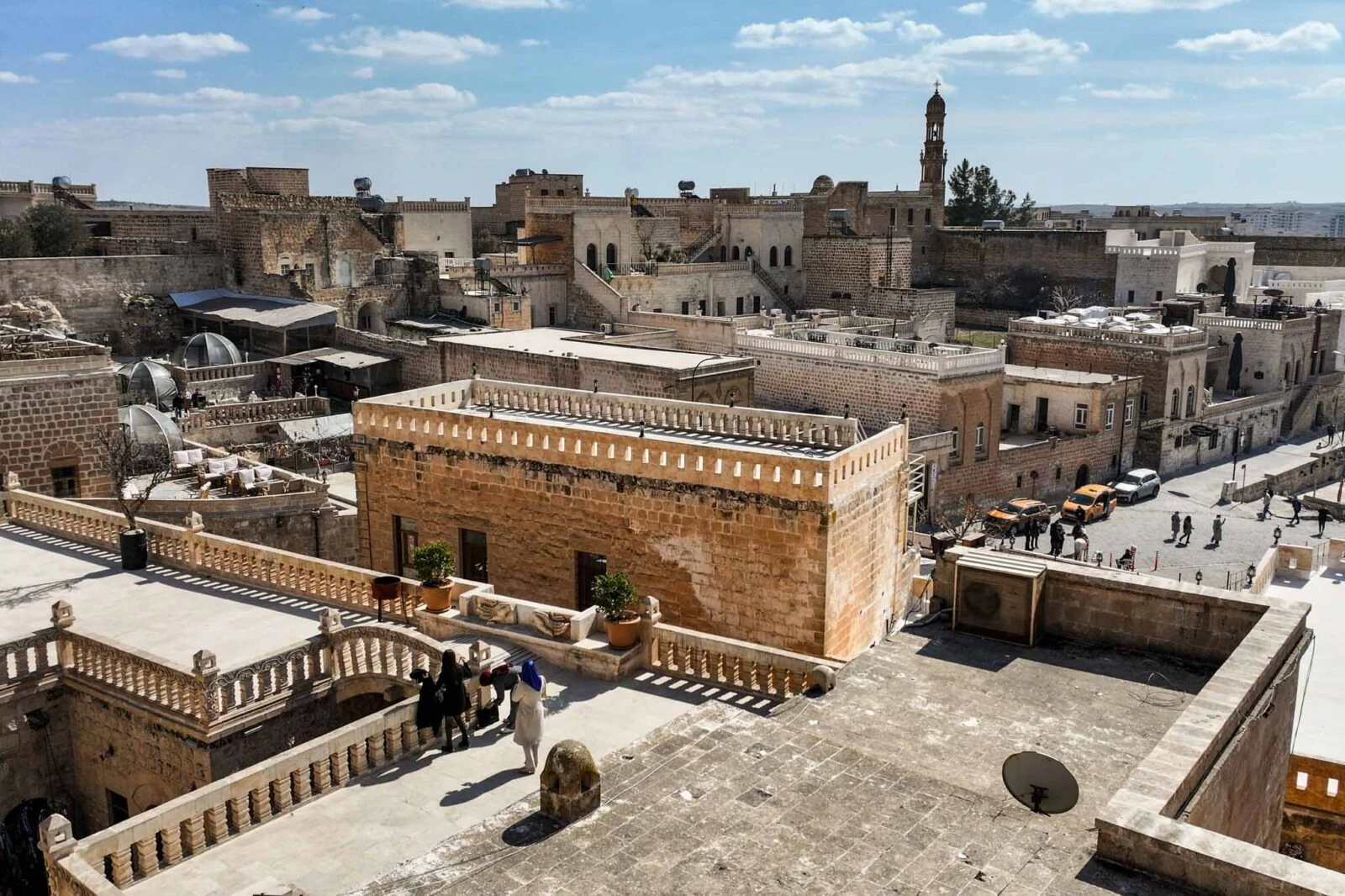
Timeless elegance of Mardin’s stone houses
Mardin‘s urban landscape is renowned for its unique stone houses, which rise in cascading terraces from the slopes of Mardin Castle down to the plains. Due to their ingenious design, none of these houses cast shadows on one another. The city’s labyrinthine alleys, arranged to defy the scorching summer heat, provide natural shade and respite for residents.
Constructed from locally sourced stone, these historic homes exhibit remarkable thermal properties, remaining cool in summer and warm in winter. Their exceptional architectural and aesthetic characteristics distinguish them within Anatolia’s rich architectural heritage.
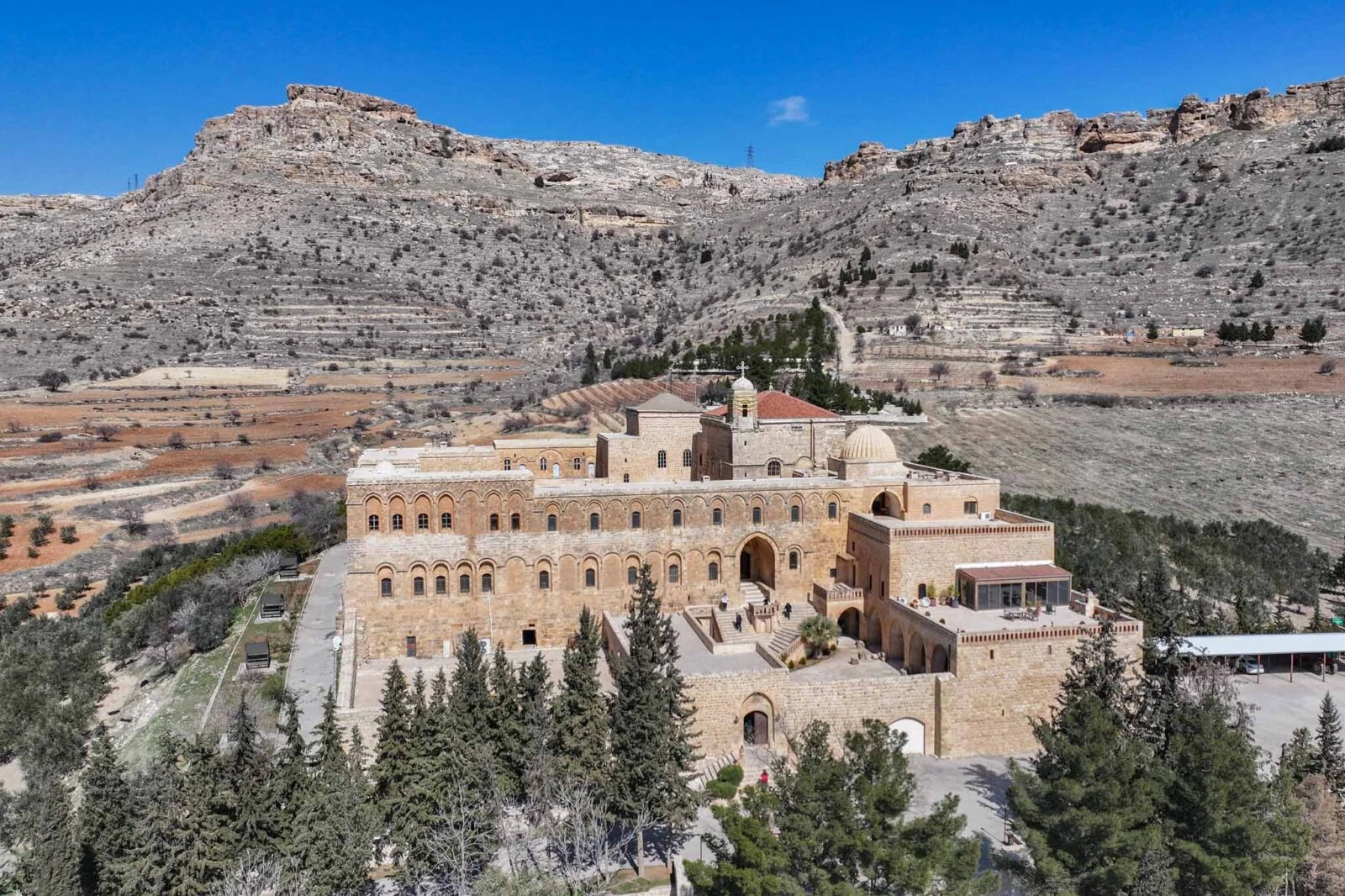
‘Mardin is one of only three cities globally recognized as a complete urban archaeological site’
Devrim Hasan Mentese, excavation director at Mardin Museum, emphasizes the city’s historical importance: “Mardin has been a magnet for people throughout history, boasting artifacts spanning from the Paleolithic era to the Ottoman Empire. It is a city where languages and religions intertwine, a testimony to centuries of coexistence.
Its strategic location on a mountain along the Silk Road underscores its significance. With its prosperous agricultural plains, Mardin has historically been a hub of both commerce and cultivation.”
With an annual influx of over 4 million visitors, Mardin stands as an open-air museum, attracting travelers from across Turkiye and abroad.
“The preservation of its historical landscape is crucial. Mardin is among only three cities globally designated as a complete urban archaeological site. Excavations reveal traces of numerous civilizations, further enhancing public interest in the city’s rich past,” Mentese states.
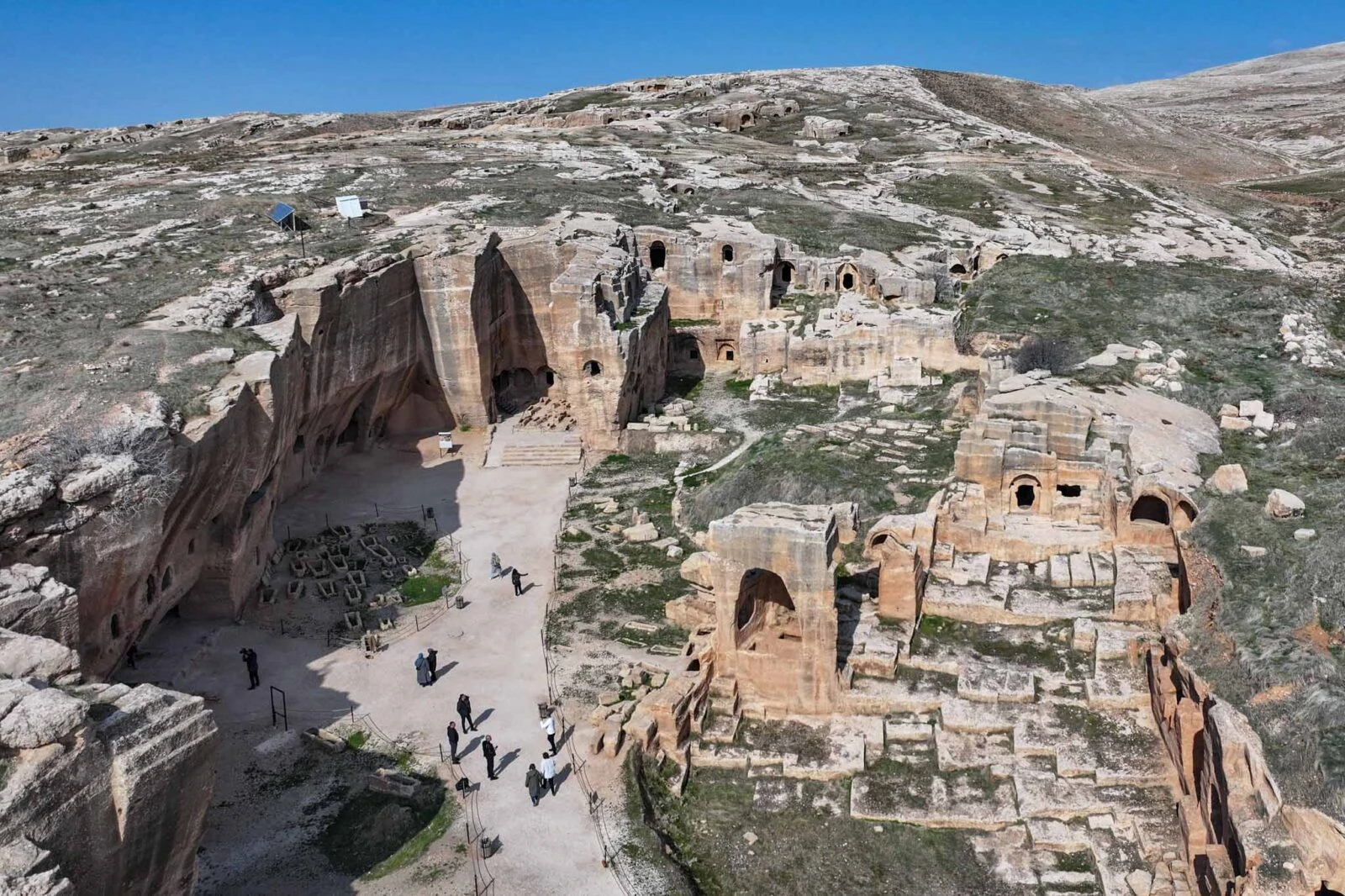
Archaeological discoveries in Mardin continue
Mardin’s strategic hilltop location historically positioned it as a frontier fortress. “In the Roman period, Dara (Anastasiopolis) ancient city served as one of the largest military outposts. It was a focal point of conflicts between two superpowers—the Persians and the Romans. Today, its remarkable structures, particularly its necropolis, make Dara an extraordinary open-air museum,” says Mentese.
Archaeological excavations in Mardin continue to yield remarkable findings. “Dara ancient city has been incorporated into the ‘Heritage for the Future’ project, ensuring ongoing research and preservation. Boncuklu Tarla, a Neolithic settlement contemporary with Gobeklitepe, is another key excavation site. Additionally, studies at Bogaziye Hoyuk have unearthed a significant palace complex, potentially among the largest in Turkiye. Excavations at Rabat Castle and Mardin Castle are expanding, promising further invaluable historical insights.”
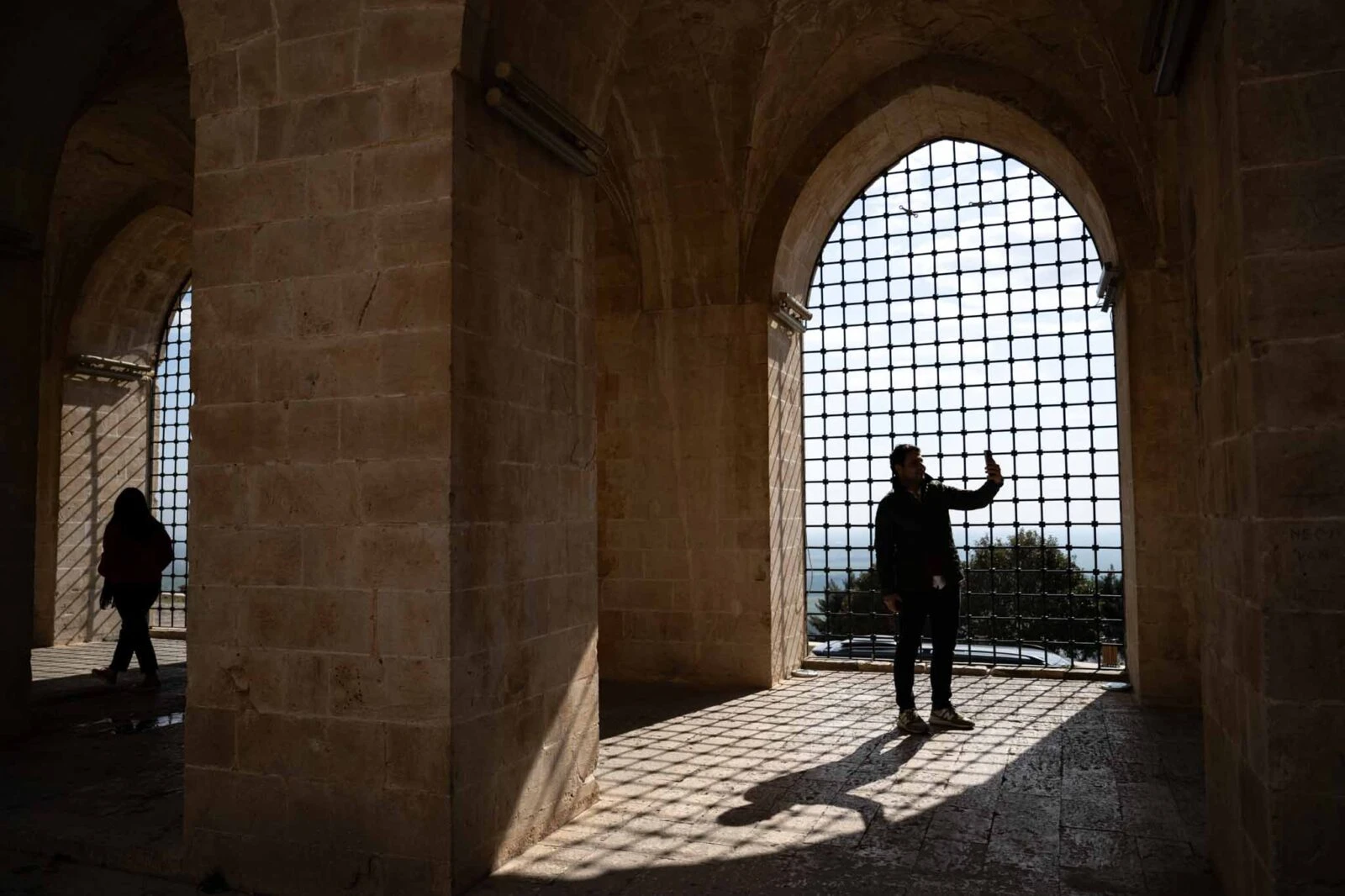
Rising international tourism interest
Mardin is not only an archaeological treasure trove but also a rising star in gastronomy. “Artuklu University has launched a gastronomy program, and culinary heritage studies are flourishing. Mardin’s music scene is also gaining recognition. Similar to Sanliurfa’s ‘sira geceleri’ (traditional music nights), Mardin hosts ‘leyli nights’ featuring local melodies and cuisine,” Mentese notes.
The city’s picturesque setting has made it a sought-after filming location, drawing increasing attention from film and television producers. Mentese, who originally came to Mardin for a project but decided to stay for 14 years, highlights the city’s growing tourism appeal:
“Tourism initiatives are yielding positive results. When I first arrived, visitor numbers were relatively low. Recently, Mardin has seen a surge in foreign tourists, particularly from South Korea, the U.K., France, and Japan.”
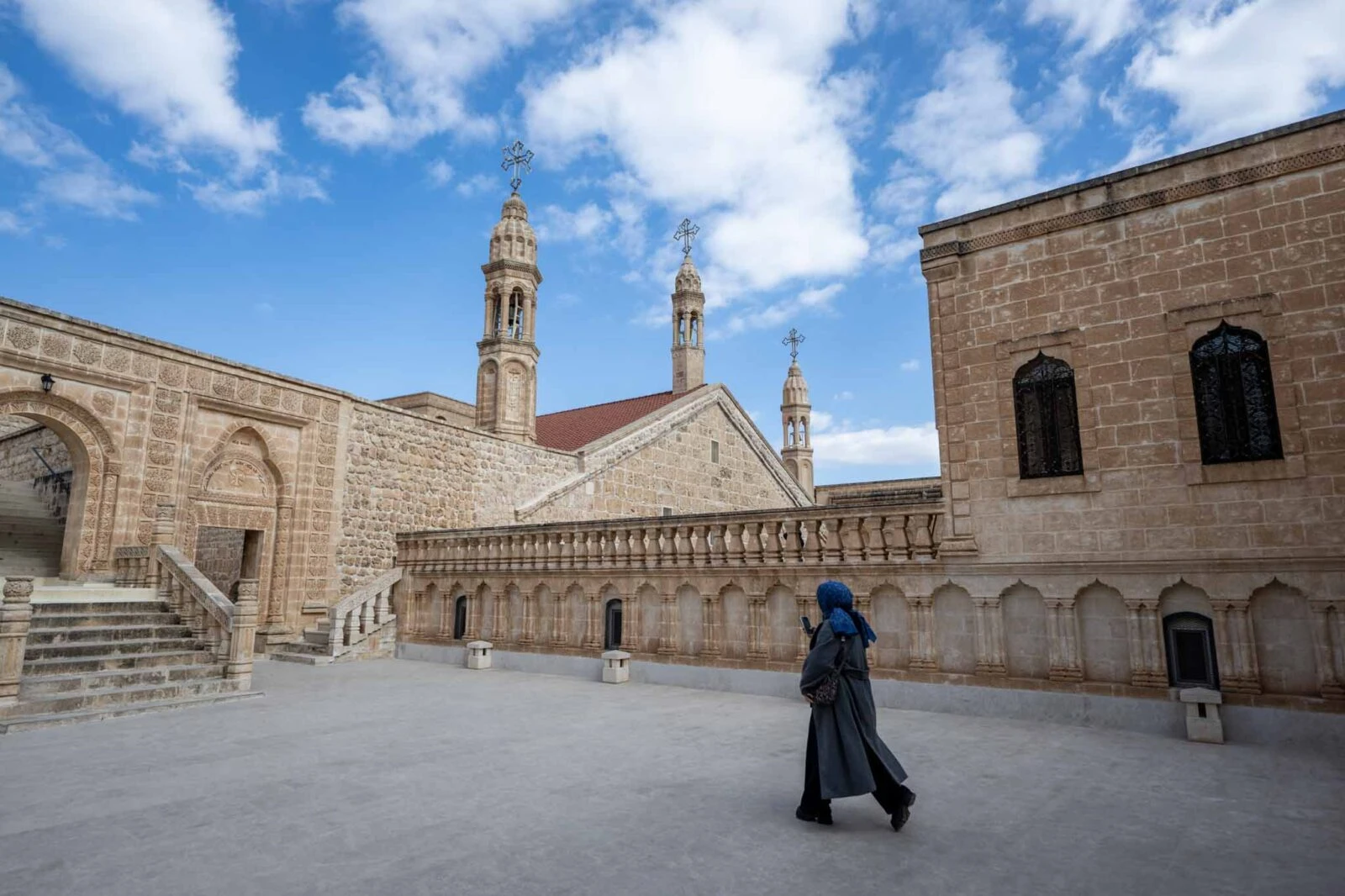
Mardin’s iconic religious and historical landmarks
One of the city’s architectural gems is the sixth-century Mor Behnam Church, also known as the “Kirklar Church.” Historically serving as a spiritual and administrative center for the Syriac Orthodox community, it remained an educational institution until 1928.
Midyat’s Mor Gabriel Monastery, one of the oldest functioning Syriac Orthodox monasteries, continues to serve religious purposes today. Another major religious landmark, Deyrulzafaran Monastery, was built on a site formerly housing a Sun Temple and later repurposed as a Roman fortress. Over time, it became a significant center for the Syriac Church, attracting visitors from around the world seeking spiritual blessings.
Among Mardin’s significant Islamic heritage sites, Kiziltepe Grand Mosque, built during the Artukid period, and Mardin Grand Mosque, distinguished by its domed structure and inscriptions dating back to 1176, stand out as prominent religious landmarks.
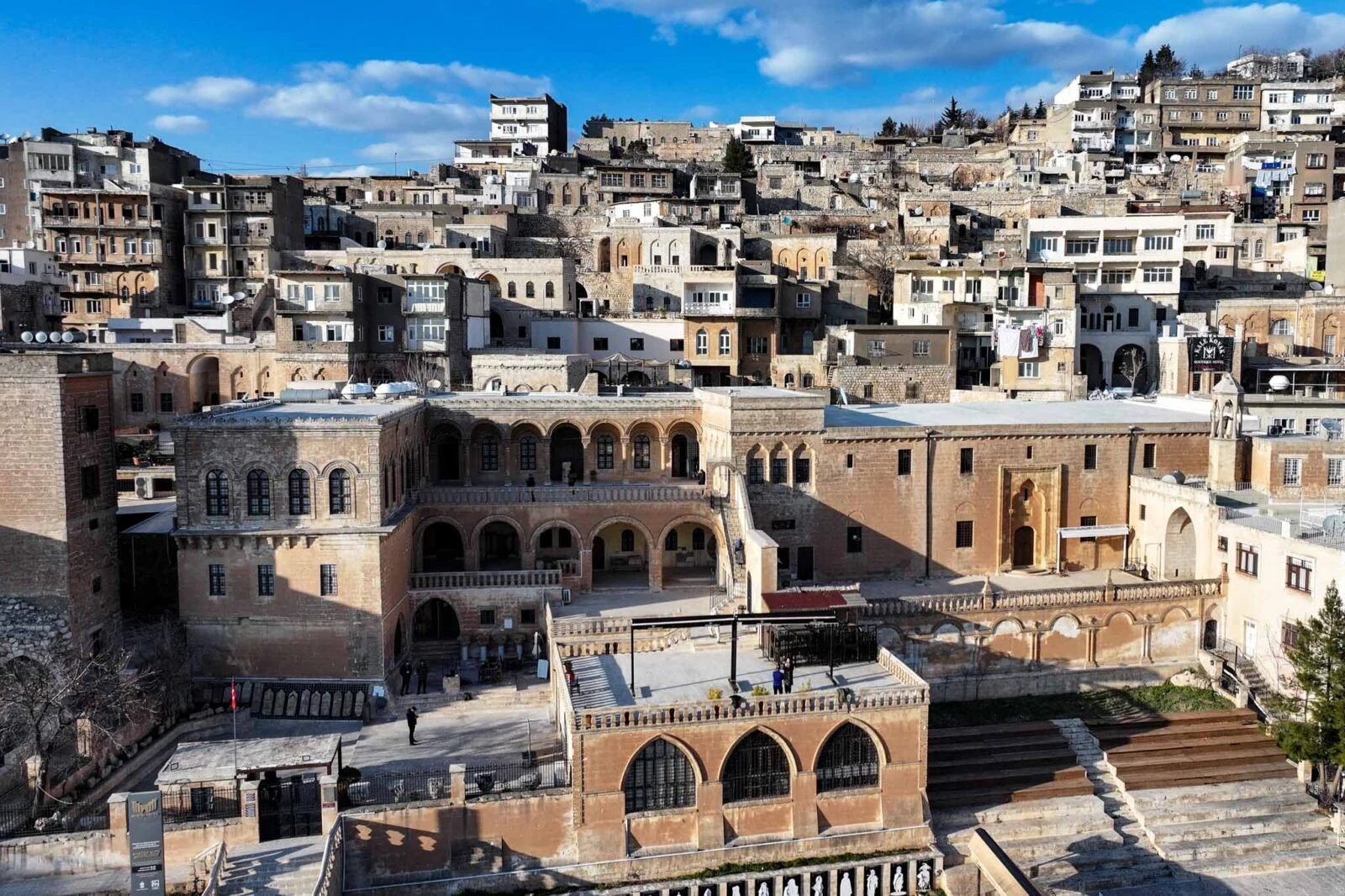
The city is also home to several other historical religious sites, including the Chaldean Catholic Church, the Church of the Virgin Mary, Mor Mihail Church, and Mor Shimuni Church. Notable mosques include Bab Es Sur (Melik Mahmud) Mosque, Kasim Tugmaner Mosque, and Zinciriye Madrasa.
Located 30 kilometers from Mardin, Dara ancient city was once a major Mesopotamian settlement. With its stunning blend of cultural and religious heritage, the site provides a vivid glimpse into the region’s past.
Featured in films, television series, and music, Mardin remains a year-round destination, offering visitors a captivating mix of history, architecture, and culinary delights.



